corduroygt
Banned
There is no such thing in the PS3 version.it looks like the PS3 version has a full screen blur applied to everything which softens the edges but also makes everything a bit blurrier.
There is no such thing in the PS3 version.it looks like the PS3 version has a full screen blur applied to everything which softens the edges but also makes everything a bit blurrier.
does MLAA also free up the fillrate on the RSX from MSAA? Since its being handle by the CPU instead.
What blur? Are you talking about the snow being blown through? There isn't any blur in the game.
the 360 doesn't have any MSAA, which will get rid of the screen door effect on PC.
CoP/Clear Sky has fullres volume beams by slices so they can form 3D volumes like your example with window. Crysis dynamic godrays from sun are 2D.
But I agree with others static godrays can look nice. One good example are the animated statically placed godrays in Fallout 3/New Vegas when indoors. The are animated + has effect to simulate lit up dust/particles in air.
Talking about volume effects, those clouds where plane pass through are true volume effects. I am not talking about layers but a real volume effect. Not sure I remember right now the tech term but something with "pearl". Makes for a solid volume no mather angle in or out of volume. I think thisis a typical CGI movie effect except Crysis did has lower precision/res for effect. Also used pretty well in extraction level where you fly the VTOL. The rest of clouds are volumes by layers.

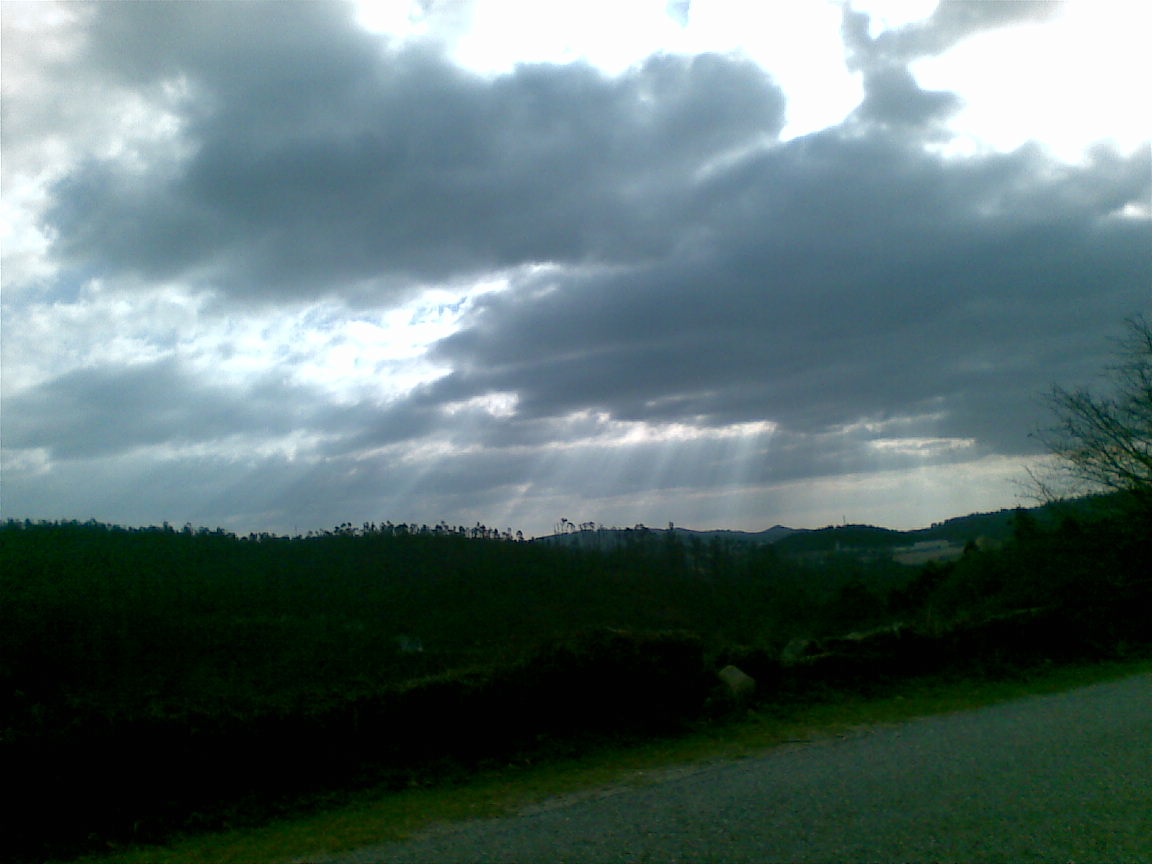
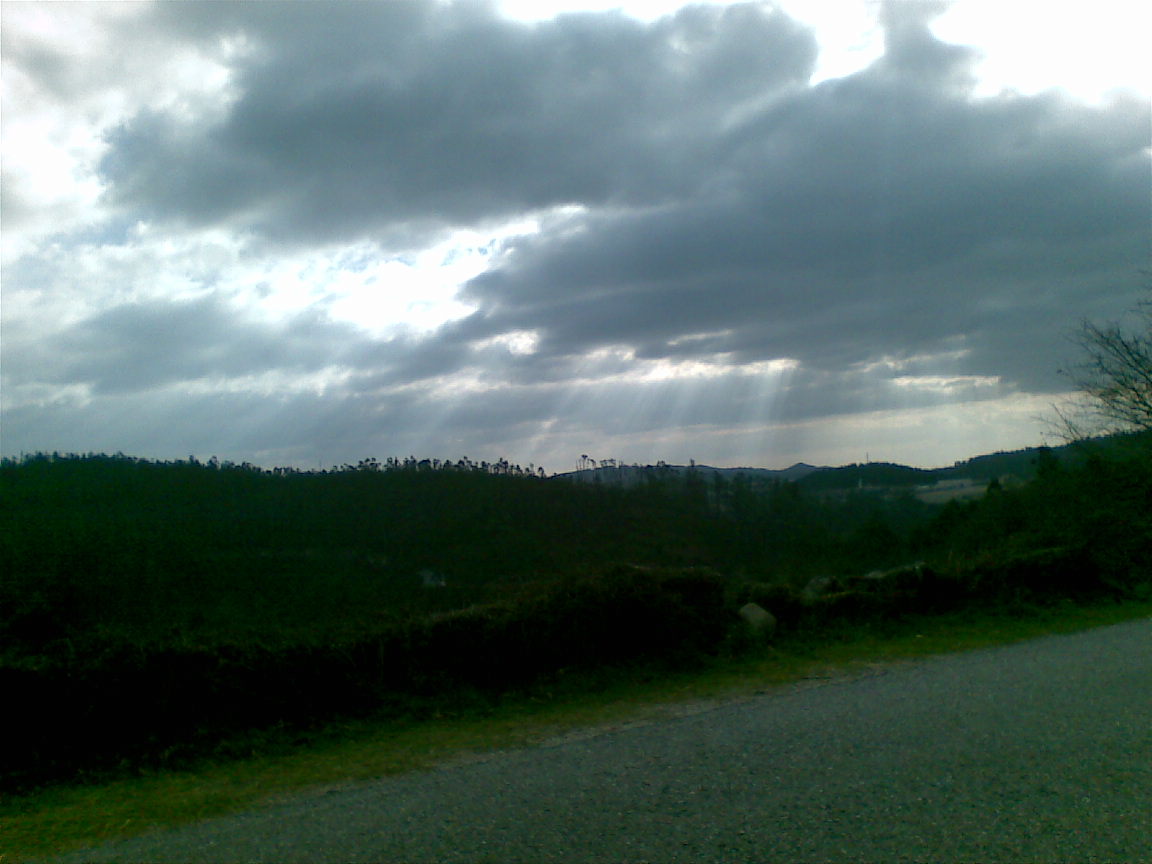
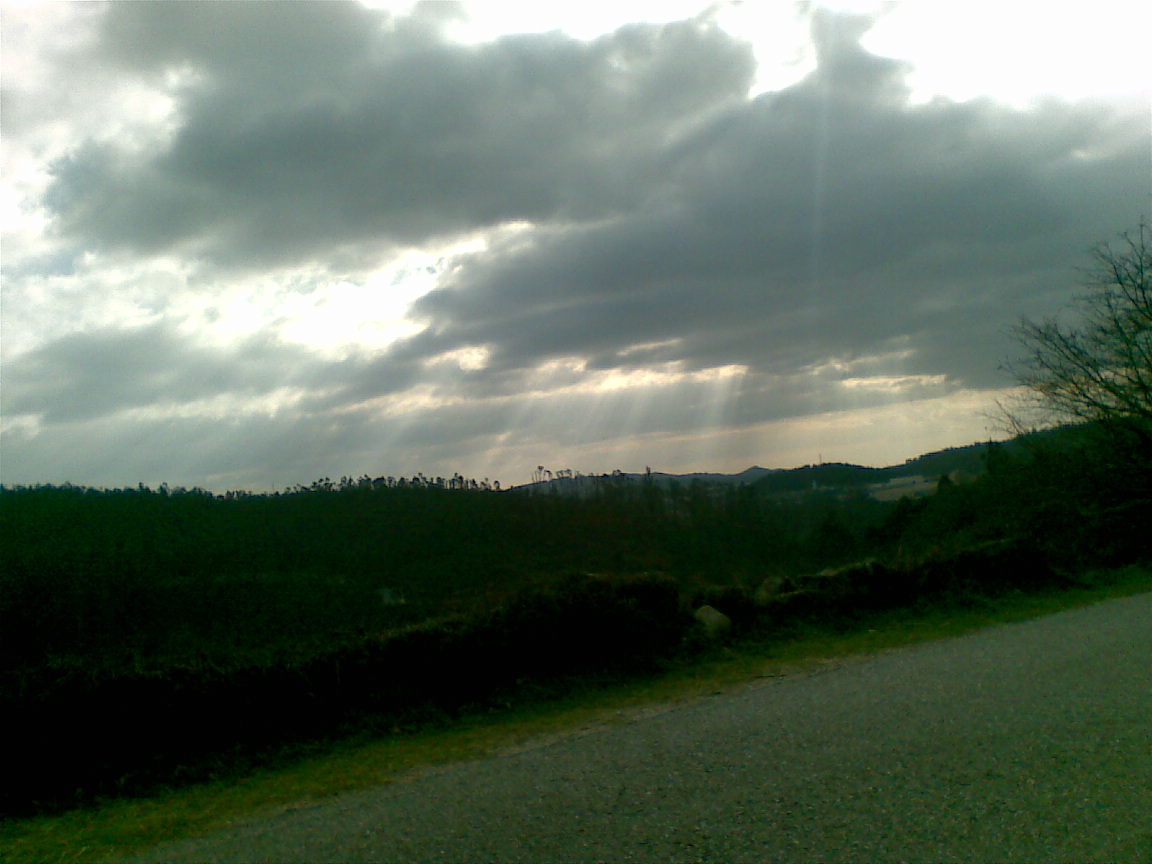
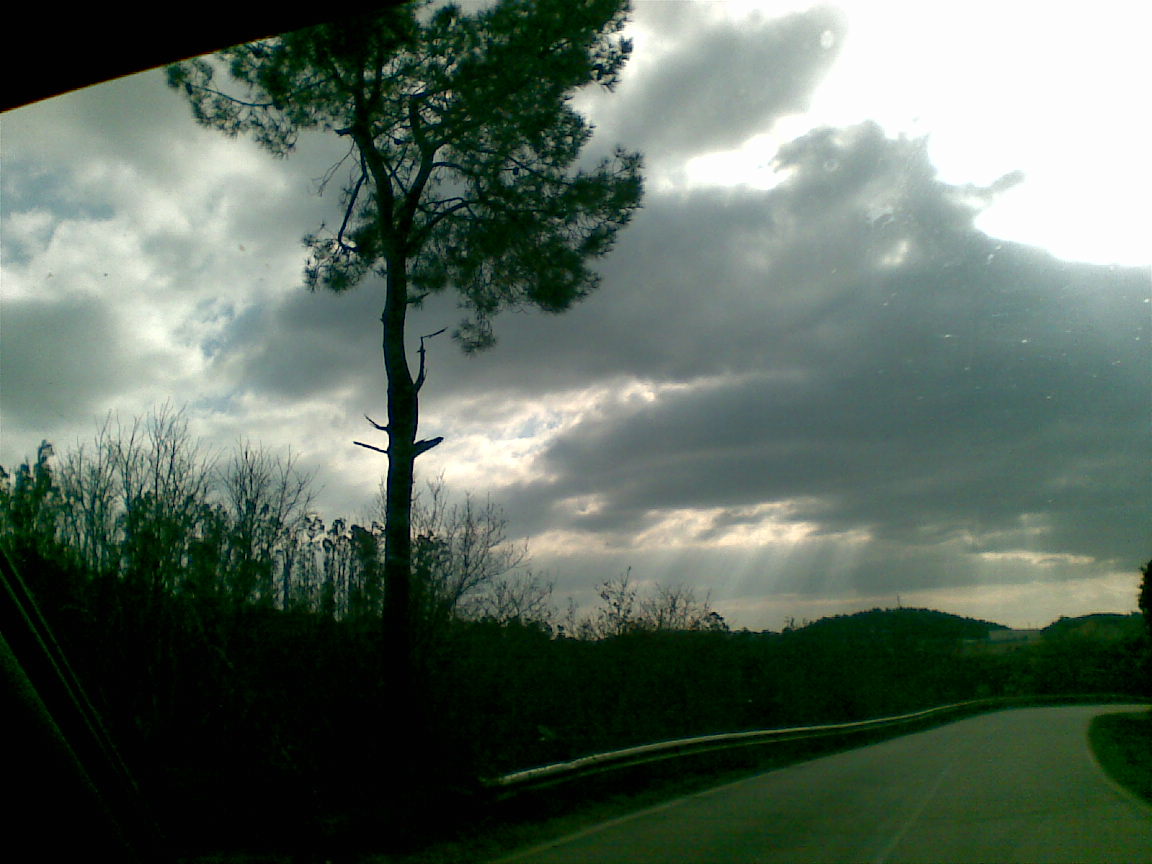
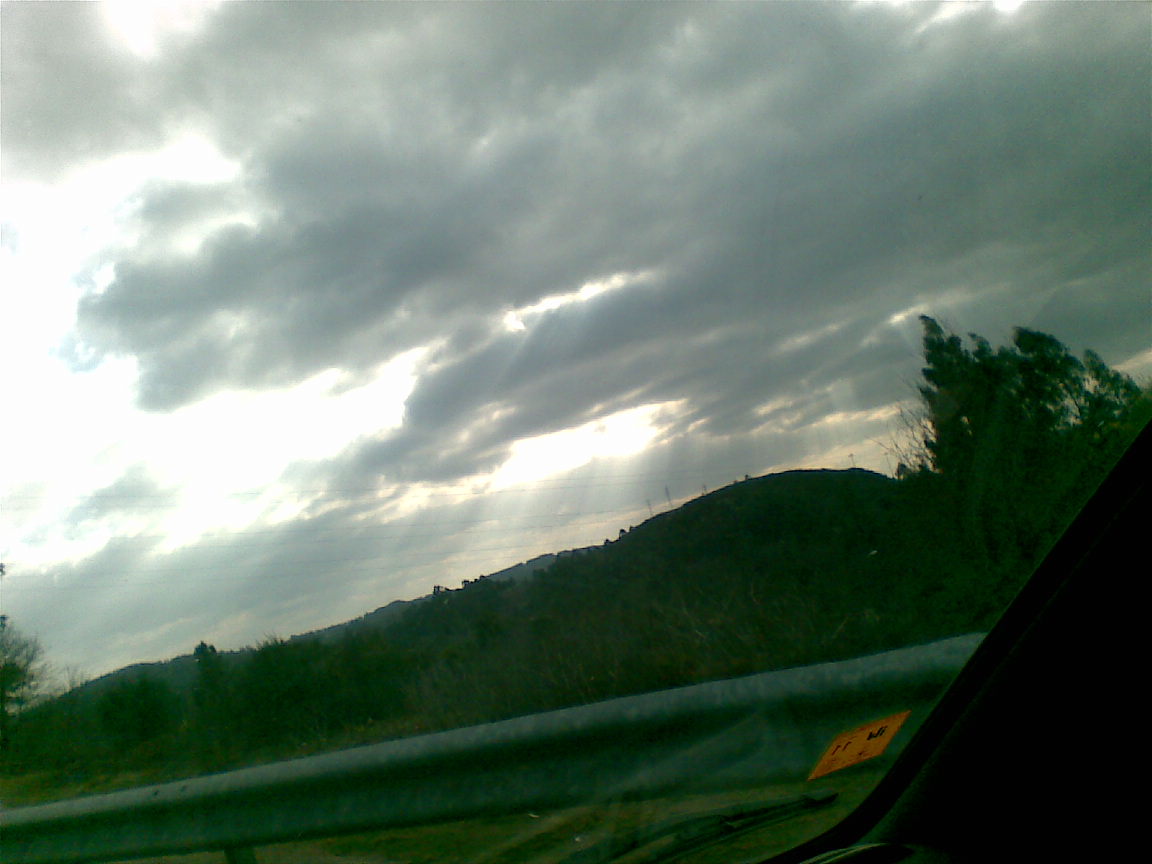
I haven't played a game with God Rays that are entirely convincing (though I'm seriously itching to, being gamer myself) but I did read this excerpt, which was especially awesome.God rays, light shafts, volumetric lights - different names for the same natural phenomenon. Basically, particles in the air scatter the light into every direction and thus the volume of space illuminated by the light becomes visible. Particles can be dust or water vapor or gases or anything.
God rays are the special case when the outdoor air has lots of humidity, and the Sun illuminates it.
Proper simulation requires volumetric rendering which is slow and unfeasible for games. There are many fake 3D solutions where transparent polygons are rendered; the geometry can even be updated dynamically, basically creating the opposite of shadow volumes.
There are also many dynamic, but 2D versions, where scene geometry is used as a 2D mask in a radial blur kind of filter. This is very often used in movie VFX too, created in post, because it's relatively cheap and still convincing. But it's very hard if not impossible to use this for stuff like an overhead light filtered through a moving fan or such.
I
This is a pic from Gears of War 1. I wonder if that's God Rays.
http://i259.photobucket.com/albums/hh282/Galilin/dsc03132kr8.jpg
Games apply God Rays in a weird manner, pointing at the player instead of pointing at some far away place on the scenery.
Great piece. I'm also glad someone finally tried SPU raytracing for occlusion culling.
One of the things we're very proud of is one that nobody sees: we're doing a full-depth rasterisation of tens of thousands of triangles in a software rasteriser on SPUs so we can do occlusion culling against it
Which was really interesting, but to me that reads that they just made a software resterizer that runs on spu, and they used it to do the depth only z prepass on spu instead of gpu no?
Is that what they are doing? I assume you meant this blurb:
Which was really interesting, but to me that reads that they just made a software resterizer that runs on spu, and they used it to do the depth only z prepass on spu instead of gpu no?
Good article though, it answered some questions like as to what the memory overhead to mlaa is, and why people still use bink for video.
according to the article they had to allocate the (or another) full framebuffer (2,7MB) in XDR Ram. guess it depends on what you already are doing on SPUs and whether the MLAA pass is at the end (reuse a previous buffer) or somewhere in the middle.What do you think the memory overhead of mlaa is if you are already doing spu postprocessing or shading?
I'm waiting for the nurse of MLAA to answer that, to be honest. He already implemented a tiled solution for his previous game. Since one already has to "tile" for SPU local mem, it seems more of a sync issue with RSX more than anything else.according to the article they had to allocate the (or another) full framebuffer (2,7MB) in XDR Ram. guess it depends on what you already are doing on SPUs and whether the MLAA pass is at the end (reuse a previous buffer) or somewhere in the middle.
I still dont get why bink is used, seems like trading off memory for bigger files is a bad idea if you have to stream assets at the same time (for which you will have less bandwidth then). Couldnt they just page out a couple MB to GDDR Ram during cutscenes...
Yep. It would be the first game I've heard use a full res pass on SPUs though.
Yes, but how would you do ray traced culling? You only need primary rays which is just rasterization.
It's not full res. They rasterized depth at 640x360, then did a 16x16 downscale to 40x23 to make the buffer they used for performing the occlusion tests. Ultimately it's very similar to what DICE does for occlusion culling.
